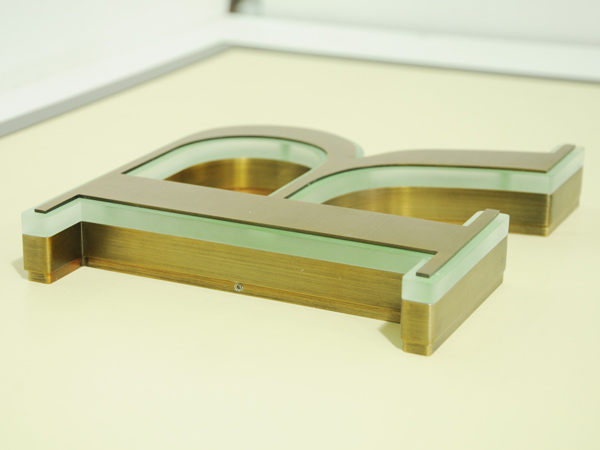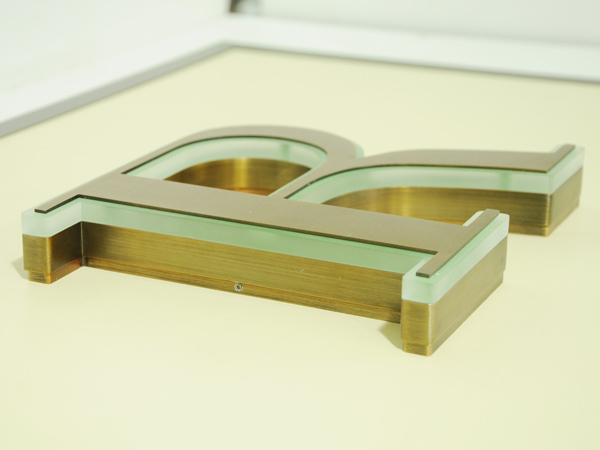-

- +86 769-86527171


The installation and debugging of LED display screens not only reflect product quality, but also determine the effectiveness of the display screen during use. There are five common installation methods for LED display screens:
Embedded installation
Suitable for small indoor screens. Due to the small installation space, in order to avoid occupying space, an area of the same size was excavated from the wall based on the screen area, and the LED display screen was embedded in the wall. The wall is required to be solid. Adopting a pre maintenance approach incurs higher costs
Hanging installation
It is widely used in large places such as station LED electronic displays and airport LED electronic displays to serve as an indicator sign. The screen area is required to be small (less than 10 square meters), and there must be a suitable installation location, such as a crossbeam or lintel above, and the screen generally needs to be equipped with a back cover
Wall mounted installation

It is widely used for the installation of indoor LED display screens, with a small area (less than 10 square meters). The wall requires a solid wall, and hollow bricks or simple partition walls are not suitable for this installation method
Roof mounted installation
Mainly suitable for outdoor advertising LED electronic displays, the installation location is mainly on the roof of the building, and the wind resistance level to be considered should also increase as the height of the building increases
Column installation
It is commonly used for the installation of outdoor advertising LED display screens, in areas with broad views and relatively open surroundings, such as squares, parking lots, etc. According to the size of the screen area, it can be divided into single column and double column installation


Official Account

App

